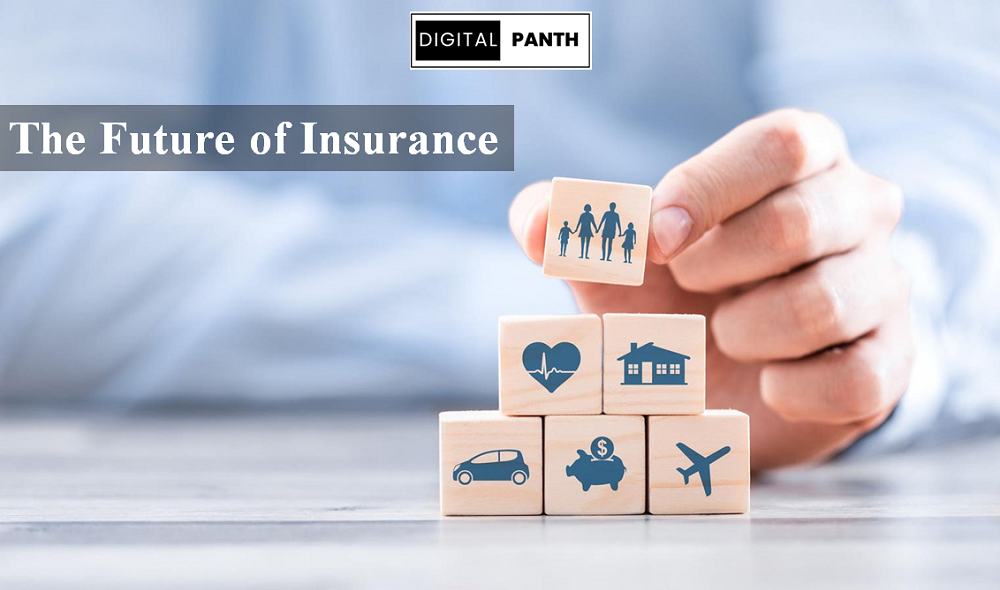The insurance industry is undergoing a significant transformation due to technological advancements. As technology permeates various aspects of our lives, its influence reshapes how insurance policies are designed and claims are processed, particularly in a dynamic market like India. While insurance has historically served as a crucial safety net, the traditional processes often involved complexities and delays that hindered its core objective of providing timely assistance during challenging times.
The integration of technology is now aiming to revolutionize this sector, promising enhanced efficiency, accessibility, and responsiveness in both management and claims handling. This evolution marks a pivotal moment in the industry with technological advancements spearheading a new era of enhanced customer-centricity.
Introduction to Insurance.
Insurance is essentially a contractual agreement where an insurer undertakes to compensate a policyholder for potential financial losses or damages arising from specified uncertain events such as illness, accidents, or natural disasters. The policyholder makes regular payments known as premiums in exchange for the protection cover offered by the insurer.
Functioning as a crucial risk management tool and a vital financial instrument, insurance provides a safety net that safeguards individuals and their families from the potentially devastating financial consequences of unforeseen circumstances. Having insurance offers a crucial layer of protection, whereas its absence leaves one fully exposed to the burdens of unexpected events.
Types of Insurance.
Insurance companies offer a diverse range of policies tailored to various needs, including but not limited to Home Insurance, Life Insurance, Health Insurance, and Auto Insurance.
- Home insurance offers financial protection for immovable property against potential damages that are accidental.
- Life insurance serves as a financial safeguard for the lives of your family if any casualty might happen. The policyholder pays a premium during their lifetime ,and the insurer guarantees to provide the beneficiaries with a sum of money when the policyholder dies.
- Auto insurance specifically covers your vehicles with premium payments, ensuring financial assistance for potential repairs arising from accidents.
- Health insurance helps in managing healthcare costs, covering both routine and emergency medical expenses for you and your family in return for agreed-upon annual or monthly premiums, thus safeguarding your well-being.
Effect of Technology on Insurance.
The convergence of insurance and technology, often termed as ‘Insurtech,’ signifies the profound potential of technology to revolutionize the insurance industry in India.
The primary goal of Insurtech is to restructure the insurance sector through innovative and efficient digital approaches, leveraging technologies such as:
- Artificial Intelligence (AI)
- Machine Learning
- Blockchain
- Digitization.
This aims to create solutions that benefit both insurance providers and policyholders alike. The exponential growth of internet usage has been a pivotal factor in this digitalization, serving as a crucial tool for the insurance industry to enhance accessibility, streamline processes, and deliver seamless & personalized experiences tailored to individual customer preferences.
Role of Internet in Insurance Accessibility.
The availability of the internet has made the process of purchasing insurance very easier. The once prevalent traditional method of physically visiting insurance providers or bank branches is now being replaced by convenient online platforms.
With the increase in usage of smartphones and readily available internet access, individuals can now easily explore, compare, and select insurance packages online that precisely match their unique requirements and financial capabilities. This digital shift empowers customers to conduct thorough research and identify the most suitable options from the comfort of their own homes.
Rise of Personalized Insurance Products.
Insurtech is enabling insurers to prioritize customization, a significant advantage for policyholders. By leveraging customer insights and data analytics, companies can now offer personalized insurance products with flexible policy terms and conditions, along with pricing options that align with individual budgets. This tailored approach presents a valuable opportunity to directly address specific customer needs.
Use of Social Media in Insurance.
Social media has also emerged as a crucial tool for insurers to cultivate stronger customer relationships. Beyond its traditional roles in marketing, education, and promotions, social media platforms serve as efficient channels for addressing customer inquiries, thereby saving valuable time and resources for both the company and the customer.
Transformative Impact of Artificial Intelligence.
Artificial Intelligence (AI) is playing a transformative role in streamlining claims processing and enhancing overall customer satisfaction. AI algorithms can rapidly assess claims, effectively detect fraudulent activities, and automate repetitive tasks, leading to quicker claim settlements, improved efficiency, and a significant reduction in processing times.
Future Potential of IoT in Insurance.
The Internet of Things (IoT) holds immense potential to further revolutionize the insurance industry. By collecting real-time data from customers’ connected devices, insurers can gain valuable insights into their behavioural needs, potential opportunities, and risk appetite, paving the way for even more personalized and responsive insurance solutions.
Conclusion
Technology has changed the insurance industry and how customers use and view insurance products with better accessibility, personalized delivery, and increased efficiency. The technology has also increased fraudulent opportunities, data privacy, and cybersecurity threats. A customer must be vigilant of the technology being used, all Insurance Regulatory and Development Authority of India (IRDAI) guidelines, and proper protection of their information, on the insurance industry to look after their interests, and provide a secure and user-friendly platform; and develop technology literacy in the industry.
Disclaimer:
The object of this article is to offer general financial information for educational purposes. It does not act as a substitute for professional financial advice and the author and the owner of the website cannot be held legally bound for any consequences that may arise from its usage. The readers are strongly encouraged to seek professional advice and conduct thorough research before making any financial decisions.

